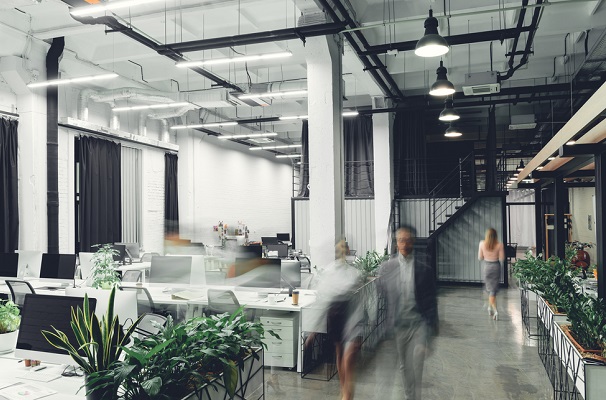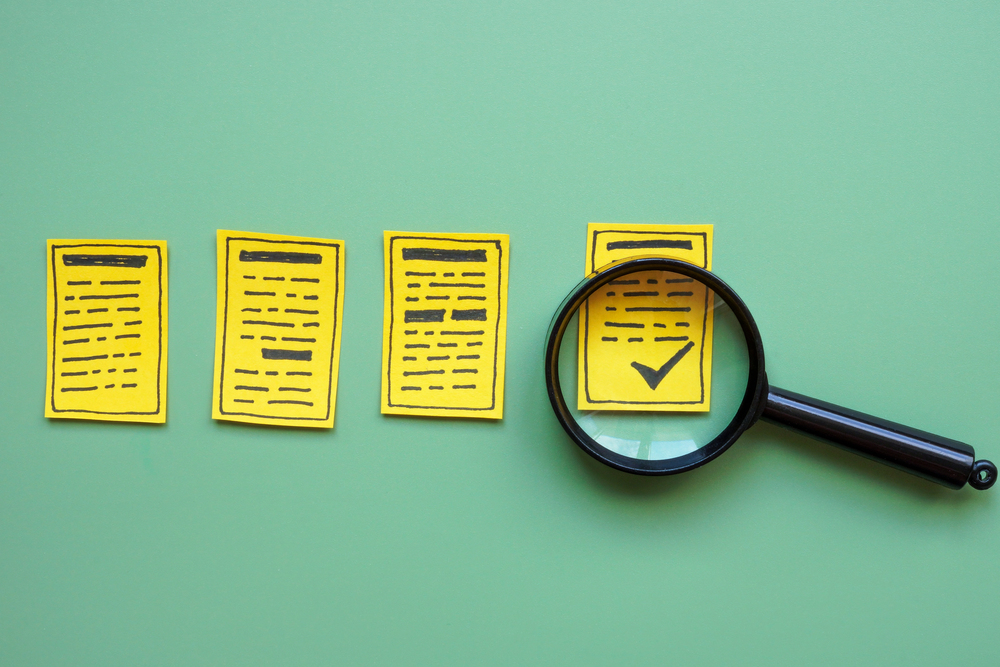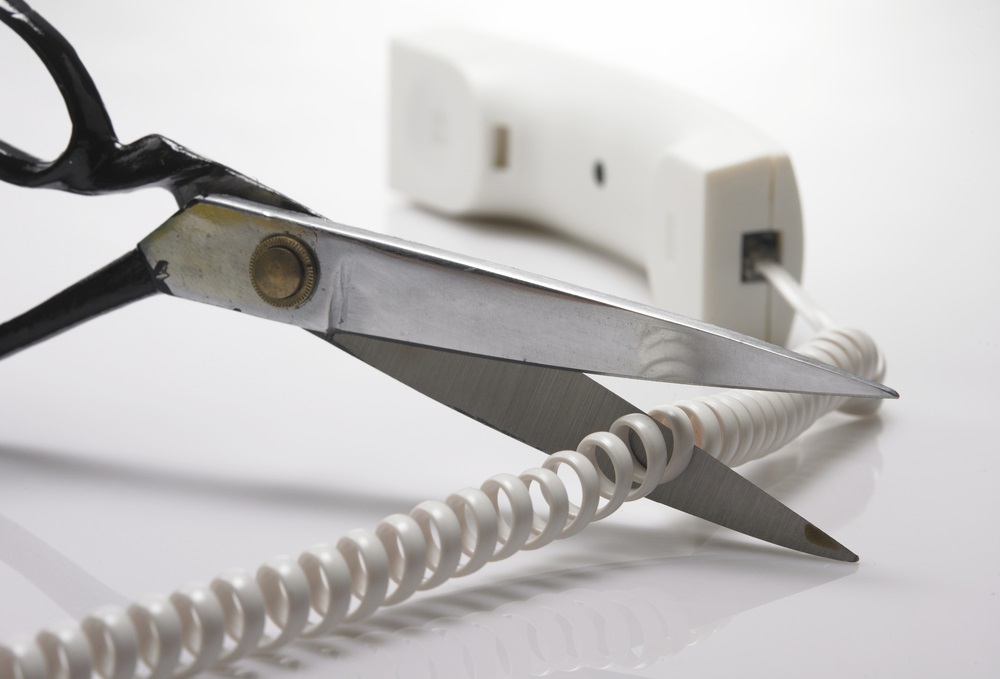8 Ways to Redesign Your Office to Support Productivity

By: Eleanor Hecks
Going back into the office post-pandemic provides a great opportunity to evaluate systems and fixtures with fresh perspective, including your office space. However, there are some do’s and don’ts to creating a space that encourages a productive work mindset.
Here are some things to consider when designing your workspace to optimize productivity:
1) Look for bottlenecks. Spend some time studying the layout of your office space. Picture it with remote workers there at least part of the time. Are there places where people congregate? If one department works with another and goes back and forth all day, locate them close to each other.
Look for anything in your daily operations that slows things down. Come up with new layouts and ideas to improve functionality. Use graph paper to draw the current layout and then move things around on paper before physically repositioning furniture and equipment.
2) Room acoustics. The sounds and distractions within a 20-foot radius have the most impact on employee concentration levels. Adding acoustic panels can reduce noise in an open office space.
3) Eliminate distractions. What keeps people from doing their most focused work? Perhaps there is a lack of sunlight or too much space to congregate. Poll your staff about what things distract them the most.
Look around each desk area. Watch for individuals who aren’t doing their best work and ask if the environment around them could be to blame. Try different layouts until you hit on the best solution for each individual.
4) Offer opportunities for movement. Gaining a fresh perspective on a project helps ramp up productivity. Make sure there is an area where those who want to can pace while they brainstorm. Some workplaces have a walking track around the outside of the building or on the roof. Allow enough space for distancing in case another COVID-19 variant surges.
Place reminders through your space to prompt people to get up and walk and think. Encourage people to stand up for meetings to keep them focused and engaged. Around 87% of employees say they’d like healthier workplace options, including wellness rooms and ergonomic chairs, according to the Fellowes Workplace Wellness Trend Report.
5) Encourage breaks. The average person can only work nonstop for about 20 minutes or so before losing focus. One of the best ways to ramp up productivity is by encouraging frequent breaks.
Hang up signs encouraging people to take a break every hour. Send a pop-up notice to their computers asking them if they’ve taken a pause lately. Look for ways to encourage breaks—of course modeling it yourself.
6) Unclutter the space. Too much stuff is stressful to everyone. Not only does it limit how fast you can find the things you need to complete the task at hand but it also interferes with some people’s ability to concentrate.
Some people are naturally more organized than others. One person’s mess might keep another employee from focusing on their work. Encourage removal of unused items to storage.
7) Prioritize workflows. How does work within your organization flow from start to completion? Take a look at where you might need to improve functionality. Don’t be afraid to leave white space on the floors and on the walls.
If there is any area where the work must get out faster—for instance, a high-traffic area—make sure the paths through the area are clear and you invest in any technology that helps automate repetitive tasks.
8) Reassess frequently. Spend time looking at your office layout and if it still works as your business scales up. Ideally, you’ll consistently make changes to improve your processes. Pay attention to the areas that are most productive within your work area. Maybe you can repeat those successes in other places.
Eleanor Hecks is editor-in-chief at Designerly Magazine. She was the creative director at a digital marketing agency before becoming a full-time freelance designer. Eleanor lives in Philadelphia with her husband and pup, Bear.










